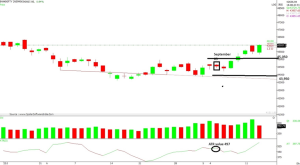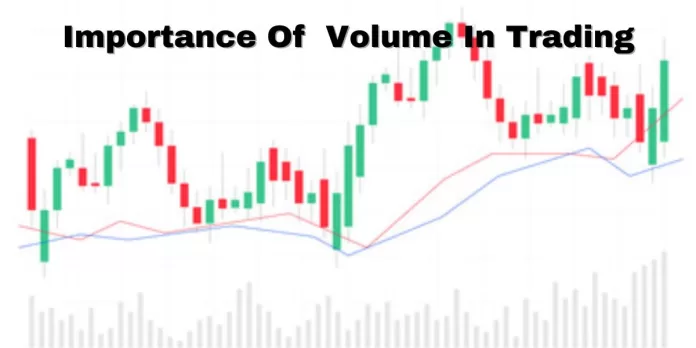When it comes to trading stocks, one of the key factors that often gets overlooked by novice traders is volume. Tracking the volume of trading activity can provide valuable insights into market dynamics and help identify significant trends. One essential concept in this realm is the “Pocket Pivot,” a term that might sound complex but is quite simple once you grasp its importance.
What Are Pocket Pivots?
Pocket Pivots are described in the book ‘Trade Like an O’Neil Disciple’ by Dr Chris Kacher and Gil Morales. Imagine you’re in a forest trying to follow the footprints of a rare and elusive animal. In the world of trading, institutions are those elusive creatures. They are the big players with the power to move the market, and they leave behind their tracks through their buying and selling activities. When institutions are quietly accumulating shares within a consolidation period or an uptrend, they leave behind a distinctive volume signature known as a “pocket pivot.”
Institutions are the true movers and shakers of the market, and as individual traders, we can’t match their financial firepower. So, what can we do? We can follow along. Pocket pivots serve as our compass, helping us identify when these institutions are getting into positions.

Chart illustrating Pocket Pivot
The Definition of a Pocket Pivot
To understand pocket pivots better, let’s break down their definition: A pocket pivot occurs when the trading volume on the current up day is greater than the volume on any of the down days in the previous 10 days. This concept was popularized by William J. O’Neil, a legendary figure in the trading world, and is a fundamental component of his CANSLIM investing method.
However, it’s important to note that a pocket pivot is not an outright signal to buy a stock. Instead, it’s a signal that the stock may be gearing up for a move higher, and it’s a call for investors to keep a close watch on it.
Read: Mastering the Art of Timing in Intraday Trading
Pocket Pivot Guidelines
To make the most of pocket pivots, you need to consider the context in which they appear. Here are some guidelines to keep in mind:
-
- Base Breakouts: Look for pocket pivots within or emerging from constructive basing patterns.
- Strong Fundamentals: Ensure that the stock has strong fundamentals, including excellent earnings, sales, pretax margins, ROE (Return on Equity), and a prominent position in its industry.
- Volume Comparison: The day’s trading volume should surpass the highest volume from the previous 10 down days.
- Uptrends: If a pocket pivot occurs during an uptrend after a breakout, monitor how it behaves around its 10-day moving average (10dma). It can temporarily undercut this average but should demonstrate resilience with higher volume compared to the highest down volume day in the previous 10 days.
- Additional Upside Potential: Sometimes, pocket pivots align with base breakouts or gap-ups, indicating added upward momentum.
- Avoid Downtrends: Do not consider pocket pivots if the stock has been in a multi-month downtrend (lasting 5 months or longer). Wait for a rounding base to form before considering a purchase.
- Critical Moving Averages: Avoid stocks that are trading below critical moving averages like the 50-day (50dma) or 200-day (200dma). If a stock is well below its 50dma but finds support near the 200dma and the base looks constructive, it may be a potential buy.
- Watch Out for ‘V’ Formations: Be cautious of pocket pivots that occur after sharp ‘V’ formations where the stock plummets through the 10dma or 50dma and quickly rebounds. These formations tend to be unreliable.
- Steer Clear of Wedging Patterns: Avoid pocket pivots that follow wedging patterns.
- Extended Stocks: If a stock’s pivot occurs when it’s extended from the base, consider it only if it’s near its 10dma. Otherwise, wait for the 10dma to catch up, allowing the stock to consolidate for a few days before considering a purchase.
In conclusion, pocket pivots are a powerful tool for traders, helping them track the footprints of institutions and identify potential opportunities in the stock market. By understanding the rules and guidelines associated with pocket pivots, traders can make more informed decisions and increase their chances of success in the world of trading. So, remember to keep an eye on volume – it’s often the silent signal that speaks volumes in trading.


